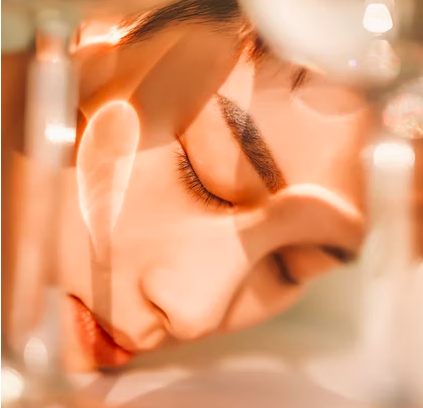For many years, Botox has been one of the most popular aesthetic treatments around. Primarily, it is known for its antiaging abilities to reduce and prevent the appearance of fine lines and wrinkles on the face.
How does Botox work?
Botox works by blocking chemical signals from the nerves that cause muscles to contract, therefore restricting the movement of that muscle.
The most common use for Botox injections is to temporarily relax muscles in the face that cause wrinkles, for example around the eyes and forehead. However, you may be surprised to hear that Botox can be used to address a whole host of concerns, not just aging and wrinkles.
What can Botox be used for?
From excessive sweating and migraines to eye squints, Botox injections are also used to treat other conditions that impact how your body functions.
Here are some things you can have Botox injections for:
Correct a lazy eye/ squint – Botox can be injected into one of the muscles responsible for moving your eye. This temporarily weakens the muscle and allows the eyes to realign. This helps to improve the appearance of the squint and may even stop it from developing.
Cervical dystonia – this can be a painful condition that causes your neck muscles to contract involuntarily, in turn, this causes your head to twist into uncomfortable positions. Botox helps to restrict the movement of the muscles, to allow for better neck function.
Muscle contractures – some neurological conditions, eg. cerebral palsy, can cause your limbs to pull toward your centre. Botox can be used to relax the contracted muscles.
Hyperhidrosis – this is quite a common condition and causes you to sweat excessively, even when resting. It is caused by overactive sweat glands and can affect the underarms, hands, and feet. Botox injections are used to block the nerve signals that cause you to sweat.
Chronic migraine – for some people, migraines can become a real problem. If you are experiencing them for more than 15 days per month, Botox injections can help reduce frequency by blocking the neurotransmitters that carry pain signals from the brain.
What to expect from Botox
For most people, Botox isn’t painful but may cause some discomfort depending on the area of the body being treated. Your clinician can numb the area using topical anaesthesia to reduce any pain.
Botox injections should always be performed by a trained professional, who will use a thin needle to inject small amounts of Botox into the skin/muscles being treated. The number of injections depends on what is being treated.
Following your procedure, you should be fine to resume your usual activities, although it is advised that you do not rub or massage the area for around 24 hours.
If you need any more information about Botox, or to book a consultation, please contact us.



